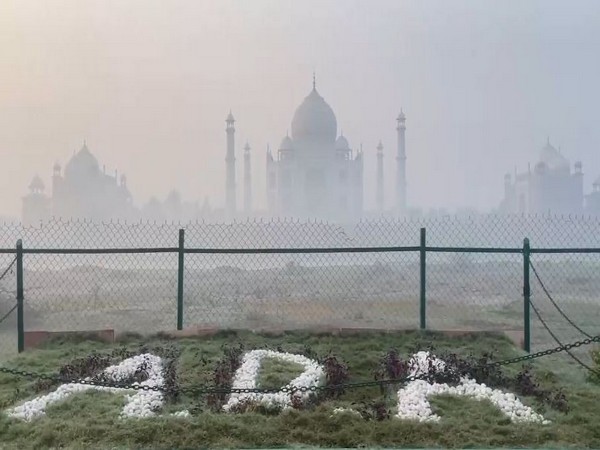Vienna [Austria], September 1 (ANI/WAM): Farmers in six Asian countries have successfully increased their rice yields using nuclear-derived climate-smart agricultural practices, with the support of the International Atomic Energy Agency (IAEA) and the Food and Agriculture Organisation (FAO) of the United Nations.
Rice, a staple food for 60 per cent of the Asian population, is predominantly grown and consumed in the region, accounting for about 90 per cent of the global rice crop. The cultivation of rice across Asia spans over 135 million hectares and employs more than 300 million people. However, water shortages and the impacts of climate change have led to a deficit in rice production. Enhancing rice production is vital to ensure food security, meet the growing population’s demands, and improve the livelihoods of farmers.
Farmers in 11 countries across Asia have been adopting climate-smart agricultural practices following training on nuclear and isotopic techniques provided under the IAEA’s technical cooperation programme. Particularly notable successes were observed in Bangladesh, the Lao People’s Democratic Republic, Myanmar, Nepal, Pakistan, and Vietnam, where rice production increased from 1 to 2.5 tonnes per hectare.
Scientists from the Joint FAO/IAEA Centre of Nuclear Techniques in Food and Agriculture have focused on optimising fertiliser and water use to increase agricultural efficiency while maintaining soil health. These techniques have been successfully adopted by farmers in various countries, resulting in increased agricultural productivity and profitability in a sustainable manner.
For instance, farmers in Pakistan’s Punjab and Sindh provinces were trained to apply climate-smart agricultural technologies to optimise productivity, such as the IAEA/FAO Integrated Option, which combines chemical and organic fertilisers tailored to local soils and crops. This led to a significant increase in rice yields, with basmati rice production rising by 188 per cent and long-grain rice by 176 per cent in field trials across six regions in Khyber Pakhtunkhwa, Punjab, and Sindh provinces. These practices not only boost food supply and security in the region but also promote sustainable farming methods that can be replicated in other countries.
“The IAEA recommended the use of these innovative practices, which increases farm productivity, providing me with extra income,” the IAEA quoted Babul Hossain, a farmer in Bangladesh, as saying. “The practice has become popular and encouraging to other local farming communities.”
The joint IAEA/FAO approach to climate-smart agriculture also led to a 36 per cent reduction in ammonia emissions from rice fields, according to Mohammad Jahangir, a professor at the Bangladesh Agricultural University, who has been conducting climate-smart agriculture trials. “Under the climate-smart agriculture approaches, the soil became fertile and resilient against climate stress,” he added. Reducing ammonia emissions helps decrease air pollution, protects human health, and mitigates harm to ecosystems.
“The increase in productivity following the IAEA Integrated Option exemplifies how combining chemical and organic fertilisers can lead to higher yields and better soil health, paving the way for a future where food security and environmental sustainability co-exist harmoniously,” said Javed Shah, a scientist at the Nuclear Institute of Agriculture (NIA), Tandojam, Pakistan.
“Nuclear science and technology play a key role in developing climate-smart agriculture. The results of climate-smart rice production demonstrate the potential of these practices to enhance sustainability and regional food security, with possibilities for replication worldwide,” said Mohammad Zaman, Head of the Soil and Water Management and Crop Nutrition Section at the Joint FAO/IAEA Centre of Nuclear Techniques in Food and Agriculture. (ANI/WAM)
Disclaimer: This story is auto-generated from a syndicated feed of ANI; only the image & headline may have been reworked by News Services Division of World News Network Inc Ltd and Palghar News and Pune News and World News
HINDI, MARATHI, GUJARATI, TAMIL, TELUGU, BENGALI, KANNADA, ORIYA, PUNJABI, URDU, MALAYALAM
For more details and packages

















